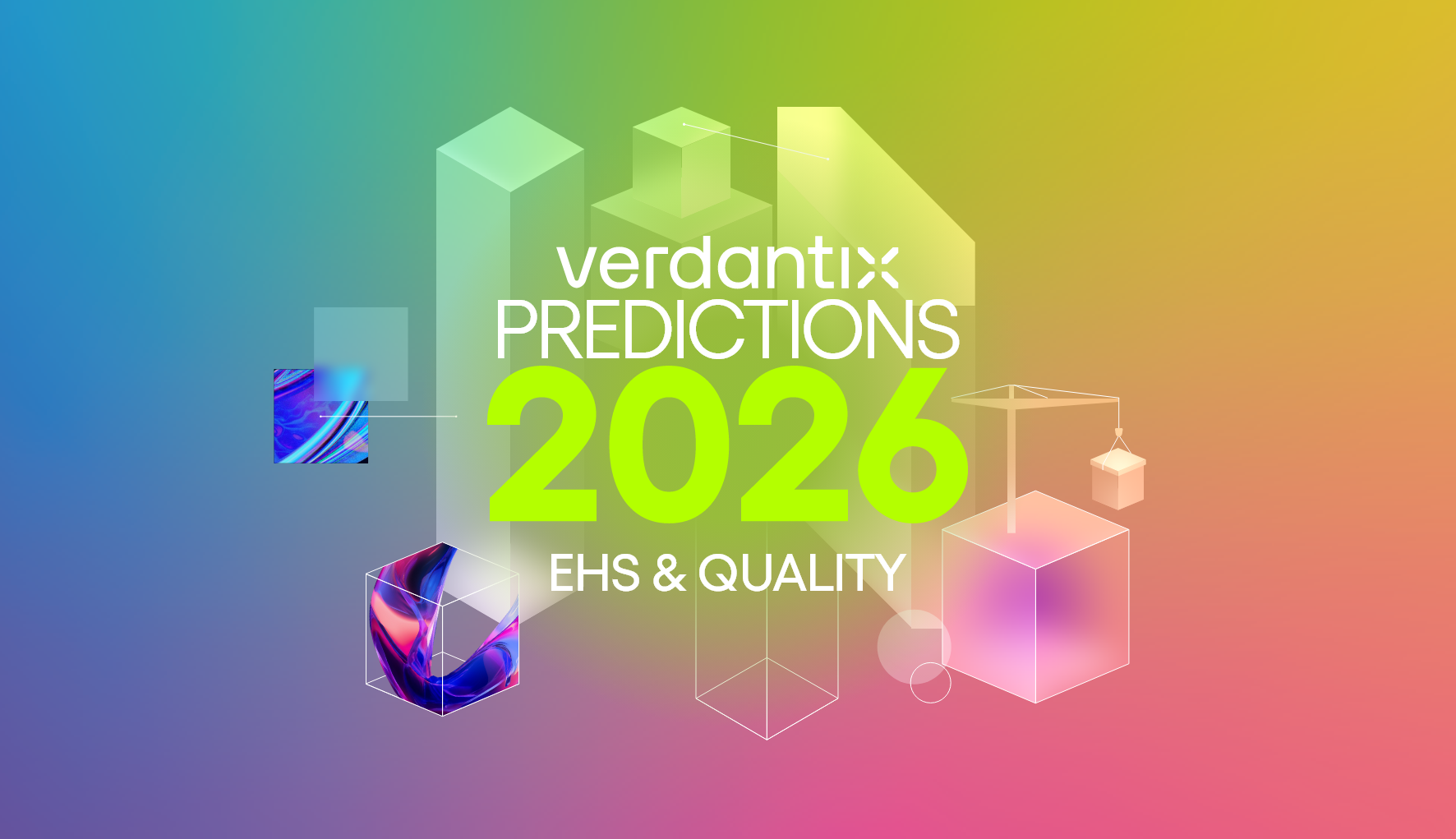Closing The Loop On Behaviour-Based Safety: Lessons From The Verdantix EHS Summit EMEA

Rain Chiang
During our recent EHS Summit EMEA, Verdantix held panels with global EHS leaders to learn about their organizations’ experiences in increasing worker safety engagement and building strong safety cultures. Carla Davis-Madgett, former global safety and environment manager for Shell's Integrated Gas Ventures and former VP of EHS at Boeing, stated that a workplace safety culture could be engineered. During her time at Shell, her team identified that 66% of accidents occurred during maintenance and realized that work processes should be informed by actual work done instead of what decision-makers imagine the work to look like.
When engineering a safety culture and safe work processes, Verdantix has seen firms take a behaviour-based safety (BBS) approach, wherein proactive measures are taken to identify and prevent risky behaviours that result in workplace accidents. To then achieve this at an enterprise scale, organizations have leveraged technology to automate the journey of safety data from collection to providing on-the-spot feedback on unsafe behaviour.
Firms must shift from relying on lagging safety indicators, such as the number of serious injuries and fatalities (SIF), to proactive leading indicators to inform mitigation strategies for future accidents. In a previous report, Verdantix outlined that the foundations of a successful BBS programme are: being able to incorporate peer-led observations; creating a continuous improvement feedback loop flexible to work process changes; utilizing various methods to influence unconscious actions; analysing data to relate leading indicators to lagging indicators; and quantifying BBS outcomes against KPIs. Firms should explore the business case for technologies that can influence multiple of these components.
Implementing technologies to automate data flow through BBS processes is challenging. Typically, firms operating in high-risk industries drive the demand to innovate – focusing deployment on high incident frequency sites. Where technology is applicable, EHS functions still need to manage internal stakeholders to secure executive buy-in, gain insight into front-line workflows and build user engagement in implementing a new system. Innovations in camera analytics and computer vision also enable the foundations of a successful BBS program. This technology analyses visual data streams through AI algorithms informed by machine learning to identify risks and root causes of workplace incidents.
Dublin-headquartered ProtexAI and New York-headquartered Intenseye are two vendors that have developed computer vision functionality to support EHS functions in identifying worksite risks in real time. In the past two years, these vendors have raised a total of over $45 million in Series A funding to scale their operations and expand international market reach. Take Inteseye, whose software integrates with a firm’s existing camera infrastructure and allows clients to select from over 45 out-of-the-box EHS rules to flag unsafe scenarios. Its AI models can flag area restriction zones, PPE compliance, vehicle controls and worker behavioural safety. To influence worker behaviour, Inteseye delivers on-the-spot verbal alerts, smart device notifications and video recordings triggered by rule violations for future safety training. Carla Davis-Madgett mentioned that most front-line worker accidents result from “split-second decisions” and that organizations should act to amplify the “weak signals” that contribute to serious incidents. Firms should continue monitoring the advancement of technologies supporting EHS functions and explore the business cases for investment.
To learn more about behaviour-based safety (BBS) and EHS technologies in the market, read the following Verdantix reports:
Strategic Focus: The Role Of Technology In Behaviour Based Safety Management Programmes
About The Author

Rain Chiang
Industry Analyst





